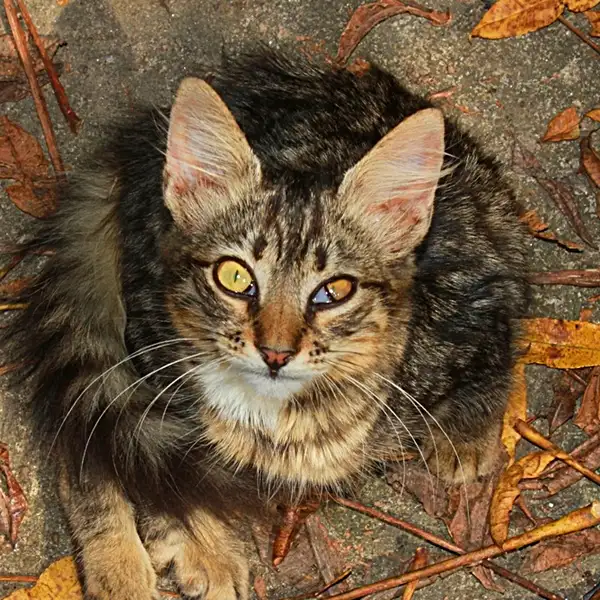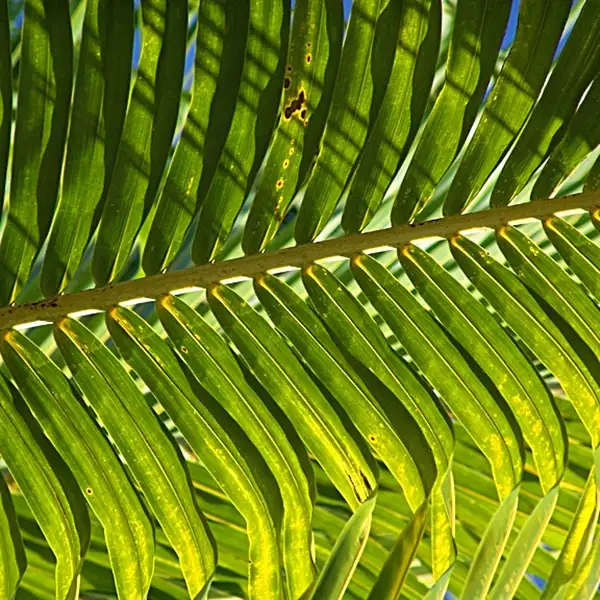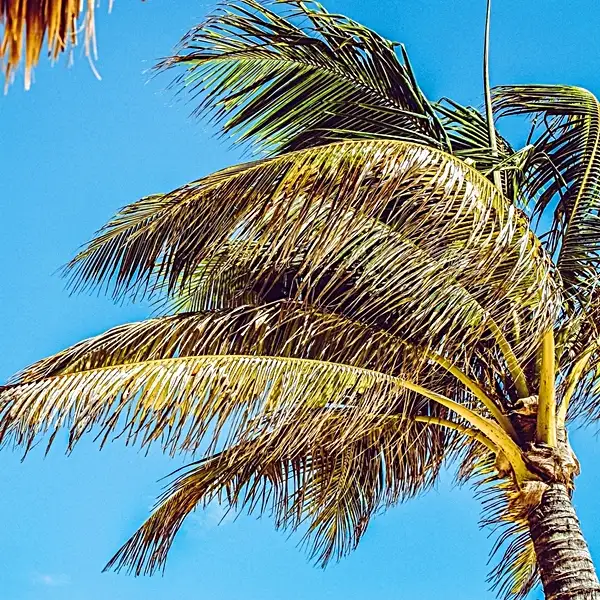Key Takeaways
| Key Takeaway | Why It Matters |
|---|---|
| Not all palm trees are safe for cats | Are palm trees toxic to cats? Some species can cause severe health issues, even fatal consequences. |
| Recognizing toxic palm varieties is crucial | Misidentification can lead to unexpected poisoning risks. |
| Symptoms of toxicity can be deceptive | Early signs may appear mild but can escalate into life-threatening conditions. |
| Preventive measures are key | Simple precautions can safeguard cats from harmful exposure. |
| Veterinary intervention is critical | Delays in treatment can result in irreversible damage. |
Relationship Between Cats & Palm Trees
Cats, being exploration-driven creatures, constantly engage with their surroundings. A behavior that could be problematic if they live close to certain hazardous species of vegetation like palm trees.
Although not all palm varieties pose risk to cats, numerous ornamental ones used in household gardening & landscaping can indeed be toxic. Consuming them may result in grave consequences for felines varying from mild inconveniences such as irritation or discomfort to severe health problems including vomiting & reduced appetite.

People often link palm trees with serenity due to their exotic appeal. Nevertheless, this tranquility might swiftly turn into a nightmare if a cat ingests parts of certain palm species. To put it in perspective, an unsuspecting kitty nibbling on these leaves is directly exposing itself to toxins. These can cause both short-term damage & long-lasting trauma.
Some may question the likelihood of cats munching on these plants. However, data from ASPCA Animal Poison Control Center indicates that plant poisoning ranks among top ten threats faced by domestic animals.
Consequently, understanding palm tree toxicity is essential for cat owners who want to ensure their pets’ well-being while enjoying plant diversity at home.
26 Common Types of Palms: Are They Safe for Your Cats?
Multiple common types of palms include both safe & dangerous categories concerning our beloved felines’ health.
8 Indoor & Ornamental Palms 🌿 (Safe for Homes)
| Name | Toxicity to Cats |
|---|---|
| Areca Palm |
|
| Parlor Palm |
|
| Majesty Palm |
|
| Kentia Palm |
|
| Lady Palm |
|
| Pygmy Date Palm |
|
| Cat Palm |
|
| Bamboo Palm |
|
13 Outdoor Palm Trees 🌴 (For Gardens & Landscaping)
| Name | Toxicity to Cats |
|---|---|
| Chinese Fan Palm |
|
| Coconut Palm |
|
| Date Palm |
|
| Canary Island Date Palm |
|
| Mexican Fan Palm |
|
| California Fan Palm |
|
| Foxtail Palm |
|
| Bismarck Palm |
|
| Queen Palm |
|
| Christmas Palm |
|
| Sabal Palm |
|
| Windmill Palm |
|
| Saw Palmetto |
|
Nevertheless, it is really important to remember that even though a plant might not be toxic. Ingestion in large amounts could still discomfort cats or worse leading to intestinal blockages. Plants are not a natural food source for cats.
5 Plants Mistaken for Palms 🚫 (Not True Palms)
Understanding the potential hazards lurking on fronds of these trees could probably save pet owners from making unwittingly dangerous decisions when decorating homes.
| Name | Toxicity to Cats |
|---|---|
| Sago Palm |
|
| Cardboard Palm |
|
| Coontie Palm |
|
| Traveler’s Palm |
|
| Ponytail Palm |
|
Caution: 4 ‘Palm’ Plants with High Toxicity Levels

Palms toxicity levels vary widely between species, affecting different organs to varying degrees – even among both safe & toxic varieties.
Sago palm toxicity is particularly alarming with a very high mortality rate in severely affected animals according to data from ASPCA Animal Poison Control Center.
| Palm Species | Toxicity Level | Potential Effects | Mortality Rate | References |
|---|---|---|---|---|
| Sago Palm | Extremely High |
|
|
VCA Animal Hospitals |
| Majesty Palm | Moderate |
|
|
21Cats.org |
| Cardboard Palm | Highly Toxic |
|
|
ASPCA |
| Coontie Palm | Highly Toxic |
|
|
VCAAnimalHospitals |
9 Toxic Symptoms from Palms to Watch for in Cats

Detect early signs by observing changes.
| Sign | Severity Level | Description |
|---|---|---|
| Vomiting |
|
|
| Diarrhea |
|
|
| Black Tarry Stools |
|
|
| Lethargy |
|
|
| Loss of Appetite |
|
|
| Jaundice |
|
|
| Increased Urination & Drinking |
|
|
| Seizures |
|
|
| Behavioral Changes |
|
|
8 Safety Tips: How to Keep Your Cat Safe Around Palm Trees
Prevention is indeed the best cure especially regarding palm tree-induced toxicity in cats.
| Prevention Tip | Description |
|---|---|
| Supervise Outdoor Access |
|
| Restrict Access to Toxic Palms |
|
| Identify Safe vs. Toxic Palms |
|
| Clean Fallen Fronds & Seeds |
|
| Use Barriers or Plant Covers |
|
| Provide Cat-Friendly Plants |
|
| Educate Household Members |
|
| Seek Veterinary Advice |
|
DON’T Ignore Any Warning Sign: It Can Be FATAL
‘The dangers would not be apparent until it was too late’ warns Dr. Tina Wismer, Medical Director at ASPCA Animal Poison Control Center.
She emphasizes need for vigilance especially with palms. As their toxins can cause severe long-term physiological damage. These effects often go unnoticed in early stages but escalate sharply leading to widespread system complications.
Veterinarians universally agree on the grave dangers of ornamental palm tree exposure especially when left untreated. The situation worsens due to common underestimation of its severity.
Early symptoms often appear mild. They can deceive pet owners into complacency. However, these symptoms can silently progress & become irreversible over time leading to catastrophic outcomes.
Early intervention & timely veterinary consultations are extremely necessary for effective treatment. Each case varies in complexity depending on severity of exposure & specific plant involved.
Frequently Asked Questions
Is palm oil harmful to cats?
Yes! Palm oil can cause vomiting, diarrhea & pancreatitis in cats especially in crude or oxidized forms.
What wood is safe for cats?
Untreated oak, maple & birch are safe. Avoid pine & cedar which contain irritants. Make sure all wood is free of harmful chemicals or varnishes.
Why do cats like palms?
The swaying leaves attract cats by mimicking prey. Some chew them out of curiosity, boredom or digestive instinct.








